Gardening has long been a traditional pastime in our country. But there has been an upsurge of interests and desire to this interesting activity over the past few years.
Partly because of local food movements and health benefits that it can bring. Regardless of your garden’s size, gardening can be a challenging task for most beginners due to the time and commitment involved. Nevertheless, with professional gardening equipment, a careful plan, patience, and some basic techniques, you will enjoy the rewards after several months.
Here are 5 professional tips to start your new garden.
Choose Basic Gardening Tools
The first step in your gardening journey is to choose several basic gardening equipment and tools if you don’t want to dig with your bare hands. Fortunately, it just requires a couple of items as following:
Must-Have Tools
A pair of pruning scissors is a must-have tool for every gardening beginner to trim back bushes and plants, as well as cut off dead branches or flower heads. You also need a pair of lopping pruners to perform short tasks of well-established and larger plants thanks to its large blades and long handles.
Discover HERE forgotten reciped to store YOUR food
Tools for Raking and Digging
To dig and obtain the soil for your plants, you should prepare at least a garden fork, a trowel or a spade. The trowel and spade will be useful in digging the holes for growing your plants, while a garden fork can be used to break up big clumps of soil or remove the roots of dead weeds or plants. Also, 1 or 2 rakes with metal prongs might be necessary for removing stones and leveling the soil before starting. For basic maintenance tasks like leaf clearance, a plastic rake is a good option.
Watering Tools
There are often 2 watering options to choose: a watering can or a garden hose. Generally, the former is ideal for delicate, small seedlings and plants, while the latter can be used for heavy-duty tasks, such as watering established trees.
Tools for Removing Weeds
To prevent the weeds from gaining a foothold, you might need a gardening knife, a forked trowl, and a walk-behind weed eater (if you own a large property). These tools and machines will enable you to trim and uproot many invading plants easily and effectively.
The larger the size of your garden, the more tools you might need to prepare. But make sure to choose the right items since they can be very costly.
Select the Right Plants
Once you have selected the necessary gardening tools, now it’s time for the most exciting part: picking the plants. Before rushing off to the local garden center and purchase everything available, you should spend some time checking and finding out which types of soil are in your garden because many plants can be very picky about where they grow. Another way to make a good decision is to take a look at the garden of your neighbors and see what they are currently growing well. In fact, this is the easiest and safest way to ensure that your chosen plants will not die due to unsuitable conditions.
Starting a new garden from seeds can save a lot of money, but this can be also very frustrating; while started plants might be a good choice if you want to see immediate results. The best solution, in these cases, is to mix up both types: pick up several started seedlings in the local nursery and grow the others from seeds such as zinnias, cosmos, marigolds, and sunflowers.
A common newbie mistake is to mix too many annual plants, which often die just after a year of growth. For color and longevity, it is advisable to go for a balanced combination of annuals and perennials. Avoid choosing one plant of each kind because it tends to look jumbled and disorganized. Instead, you should repeat the same hardscaping materials (planters, pots, paths) and plants in different areas in your garden to create a beautiful and professionally designed landscape.
Improve the Soil
Even when an initial test has proved the soil in your garden to be in a perfect condition, you can always improve its quality to make sure that your plant would benefit from a nutrient-packed condition. This seems to be a daunting and challenging task, but it is not as hard as you might think.
The most popular and easiest method to improve the soil is to work the compost in the top 20 to 30 centimeters (8 to 12 inches) of the ground with a fork or spade. After a few months, the compost should be broken down and provide a lot of essential nutrients for your plants. The best season to perform this task is in the onset of spring or during the winter.
If you hate digging, the idea of mixing the soil with compost can be another option to improve the quality of soil in your garden. However, this method might take a long time and require a lot of patience. First, you need to mark out and cover the areas of the plant-bed in 5 layers of paper or newspaper. After that, fill the whole areas with 5 to 7 centimeters (2 to 3 inches) of compost and let it sit there for at least four months. During this period, the papers will decompose gradually and allow all nutrients in the compost to combine with the soil underneath.
Water Your Plants Correctly
A basic rule in watering plants is to give them a sufficient amount of water to survive and grow, but not so much to make the soil become waterlogged. And the best way to achieve this balance is to water your plants in a slow manner so that the water would reach deep into the ground. Ideally, the garden soil should have moist at approximately 5 to 6 centimeters (2 to 3 inches) under the surface.
How much you should water plants might depend on a couple of factors, including the temperature, moisture, types of soil and plants in your garden. It is simple to understand that drier and hotter air would pull moisture from the soil and plants much quickly, so it is necessary to increase the amount and frequency of watering when the temperature goes up. Of course, if your neighborhood often rains, you will not need to do this task frequently.
Plants in various stages of growth also need different amounts of water. Ideally, you need to water young trees on a daily basis to encourage healthy roots and development, while established plants might only require that they be watered once every 3 or 4 days, depending on the temperature and weather. A good rule of thumb is to get all plants water for 1 or 2 times each week instead of a little bit every day.
A useful tip to know if the plants have been watered sufficiently is to put your finger 2 to 3 inches under the ground and ensure that you feel moist in the soil. When watering, it is best to use a sprinkler or a watering can because these tools can prevent your plants from being damaged due to the dumping of a lot of water at the same time.
Prevent Invaders
Once you have grown all plants in the garden, one of the biggest challenges is to keep common invaders like diseases, pests, and weeds out of the garden. To some degrees, weeds are unavoidable and their presence might be acceptable as long as they do not start choking your plants out. The best solution to this problem is to remove them once a week. Basically, it is much easier to pull and remove weeks out of the soil when the ground is wet. Covering the soil with straw or mulch can also help limit the number of weeds while also keeping the right moisture level.
Removing garden diseases and pests such as meddlesome critters and bugs can be a more difficult task, even if you are an experienced gardener. But with a careful plan and preparation, you can deal with most of these problems in advance. Most diseases and bugs that cause damage to garden plants are highly likely to show up when they are stressed and lack a proper care. Thus, make sure to give your plants a sufficient amount of essential nutrients, water, and sunlight.
In addition, there are a couple of organic methods for controlling and preventing common diseases and pests in your garden. For example, creative deterrents like scarecrows or fencing can prevent critters from running amok.
Conclusion
There you have it, having a new garden might be not as boring and intimidating as many people often think. Even when you are a novice, just following those 5 useful tips and you would be able to enjoy a flourishing garden after a few years as long as you have a careful plan to choose the right plants and give the soil a healthy boost.
Do you find our article helpful? If you like it or want to give any advice or tips for beginners, feel free to share with us in the comment section below. Do not forget to share with your friends. Thank you for reading.


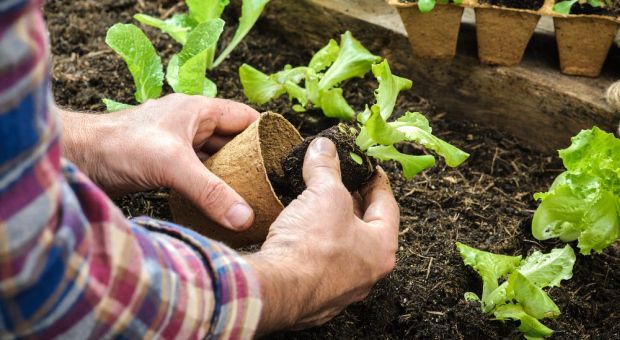

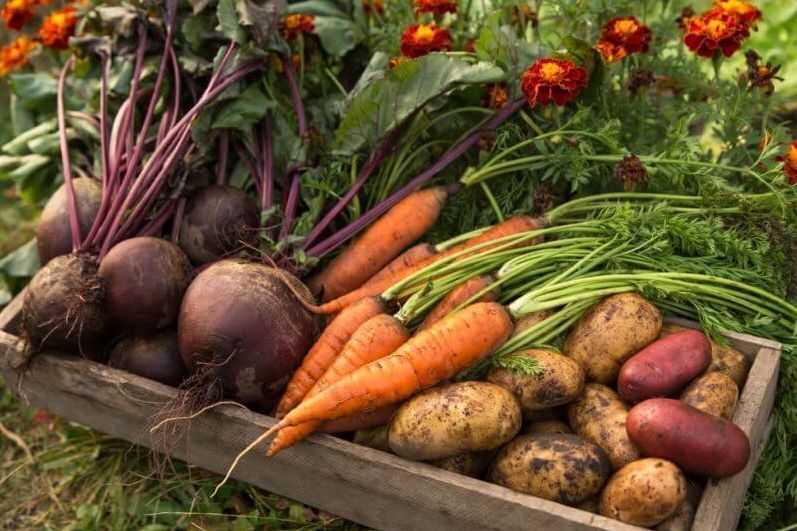
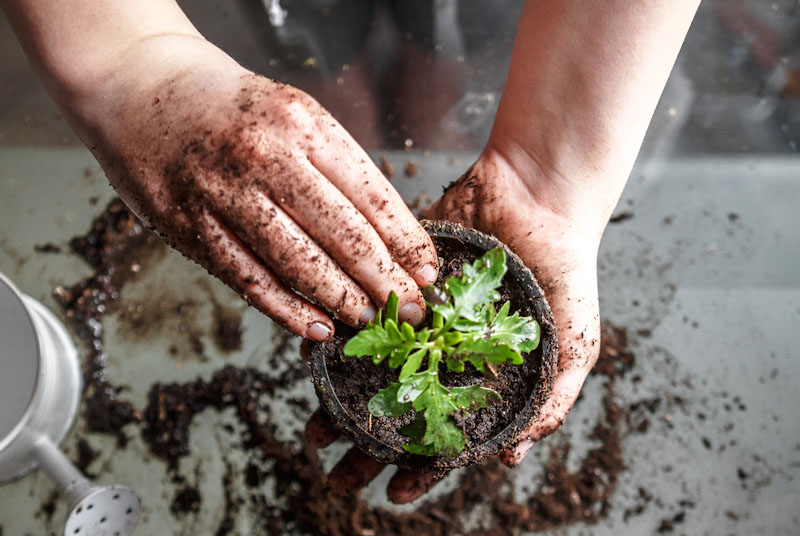
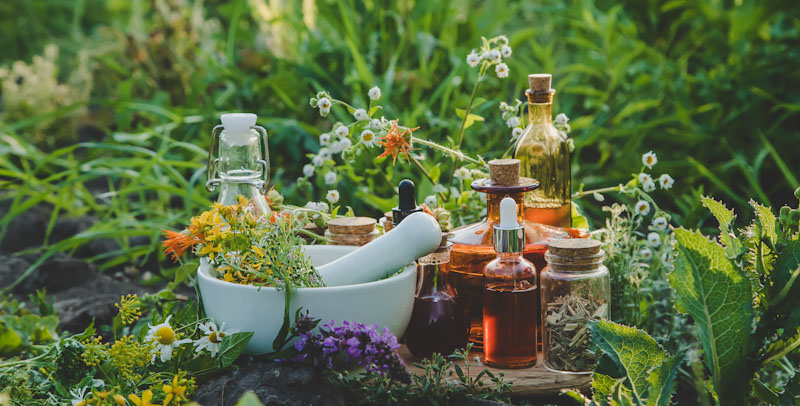
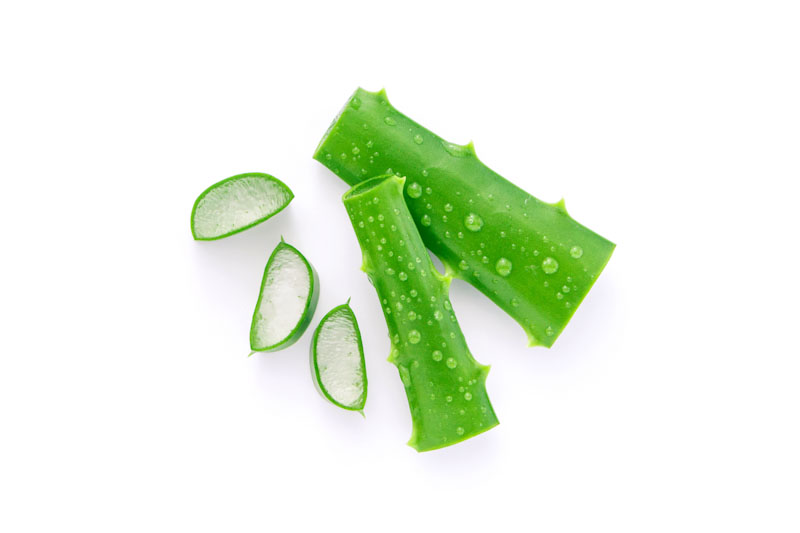

stormy | June 30, 2018
|
Compost should only be added if that compost is DECOMPOSED. If not, it will take extra nitrogen to feed the decomposers decomposing the non decomposed compost. Weeding is the least of all possible problems in a garden. I am an expert in this field as well as certified for pesticides. Pesticides are not necessary unless some human makes a big mistake. Even then pesticides are far more damaging than helpful. Pesticides are bandaids on problems we should have expected and handled without thinking about pesticides.
Compost is never to be considered fertilizer. Dark soil with great tilth and organic matter is not full of the chemistry plant’s need to do photosynthesis to make their own food. Fertilizer is not food. It is not ‘nutrients’…plants make their own nutrients and all our gardens being artificial just because humans have touched them need proper fertilizer; LESS is BEST, MORE is DEATH and NONE is DUMB..
People need to start practicing growing their own food now. Just learn the basics, grow in soil. Hydroponics and Aquaponics is just silly to use to learn about growing plants until you already know the basics. Forget Permaculture, No Till, No fertilizer, vertical gardens, Huglekulture! sp. These are ‘fads’ and not one bit helpful to be a successful gardener. I just finally got a very sweet and popular gardener to admit he uses fertilizer although he insisted he only used ‘compost’…
Hope this helps…
Scott Todd | July 1, 2018
|
Curious as to how you handle pests, then. Japanese beetles are a huge problem around here this time of year, as is some other bug that’s a few mm longer and narrower. They range from tan to a light wet-cement gray-green. I’ve been using insecticidal soap, but it’s been of limited value with all the rain we’ve had. Strawberries have been particularly hard hit. The little buggers have even been munching on the marigolds, which I thought were supposed to be a natural deterrent.